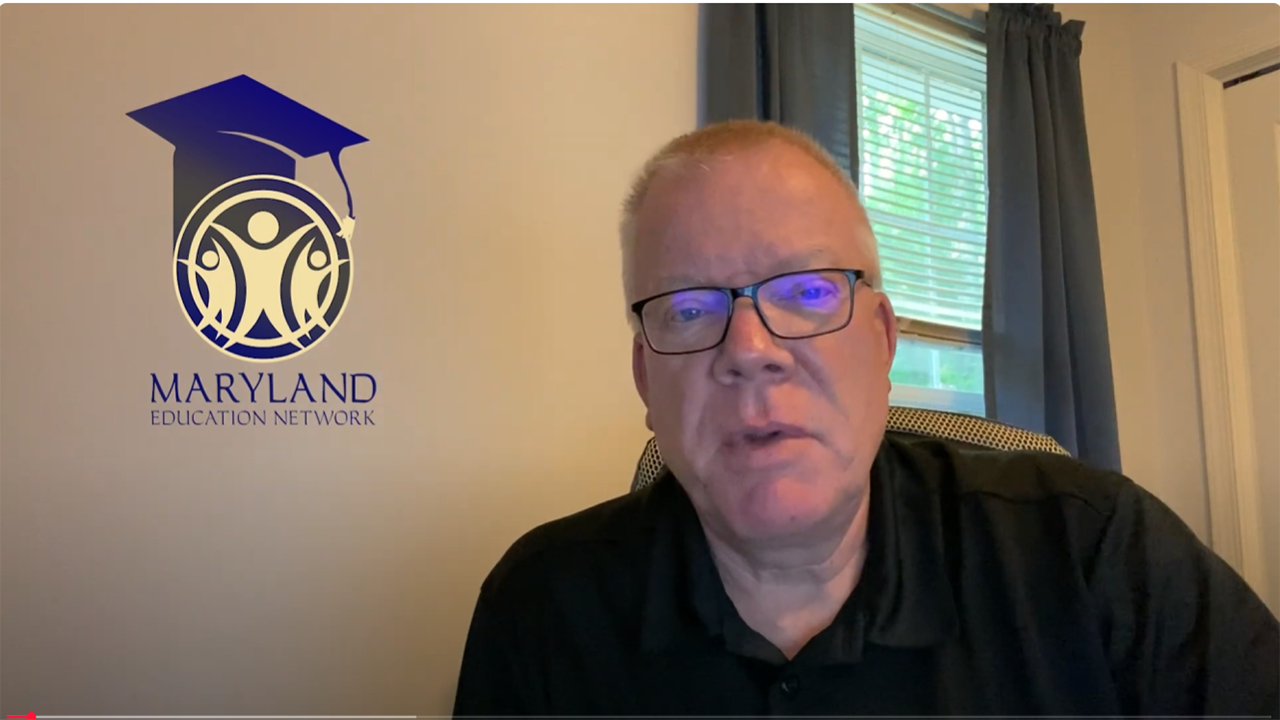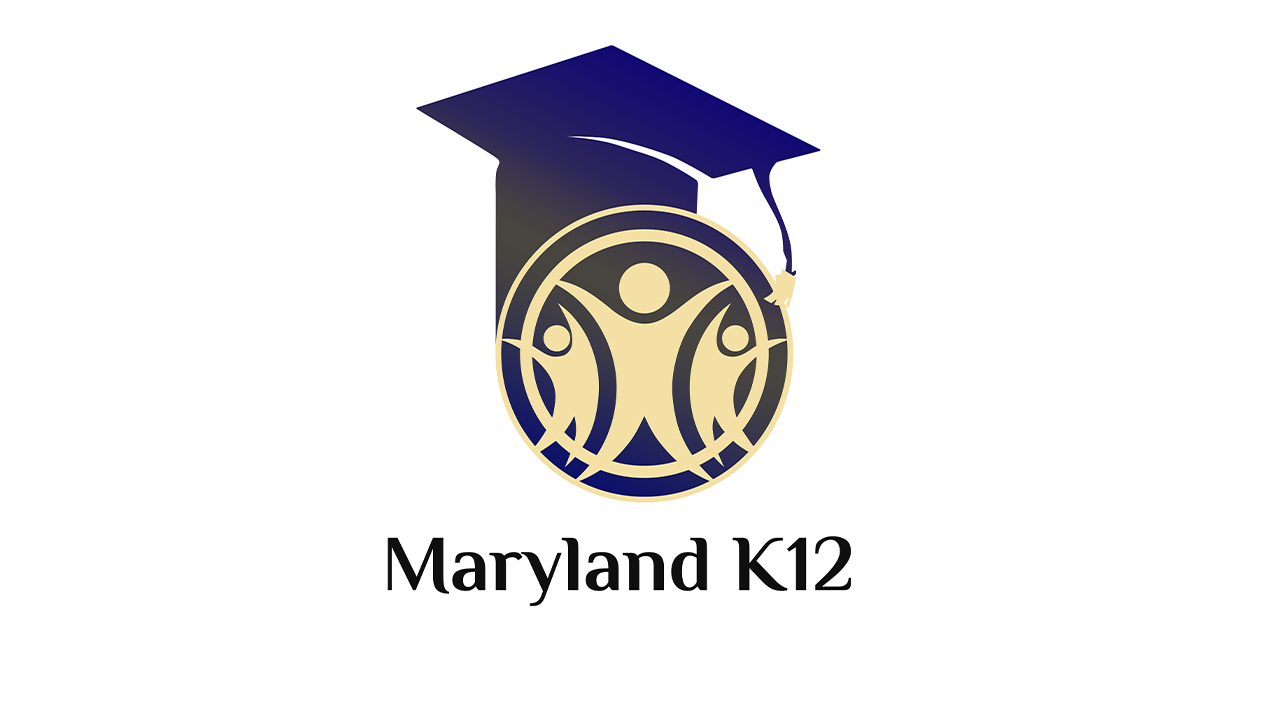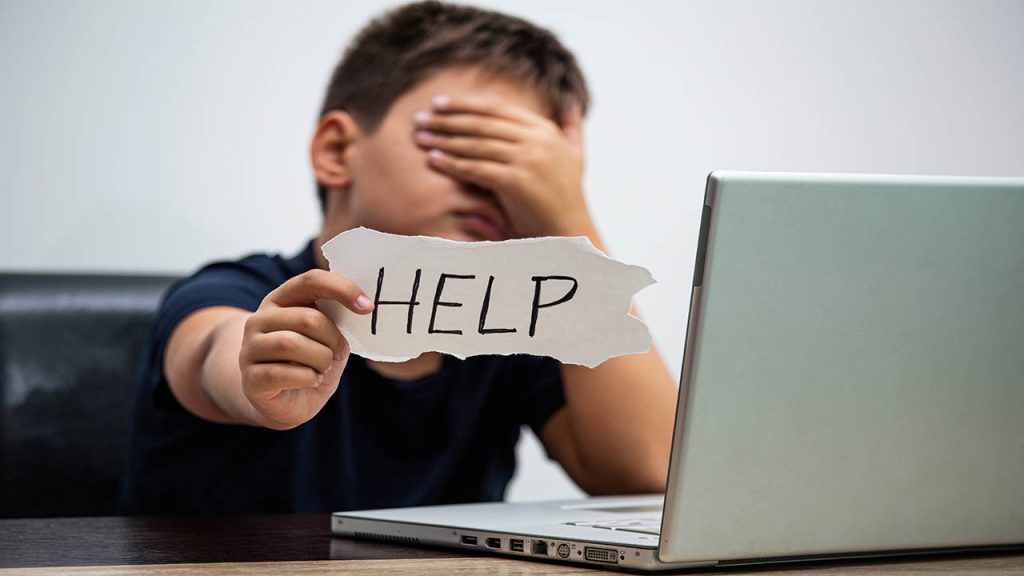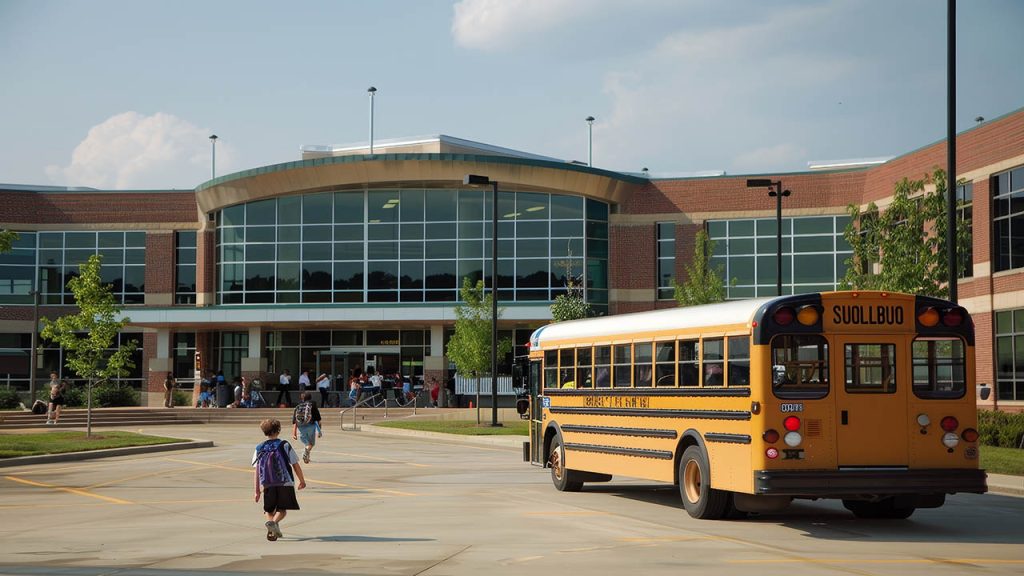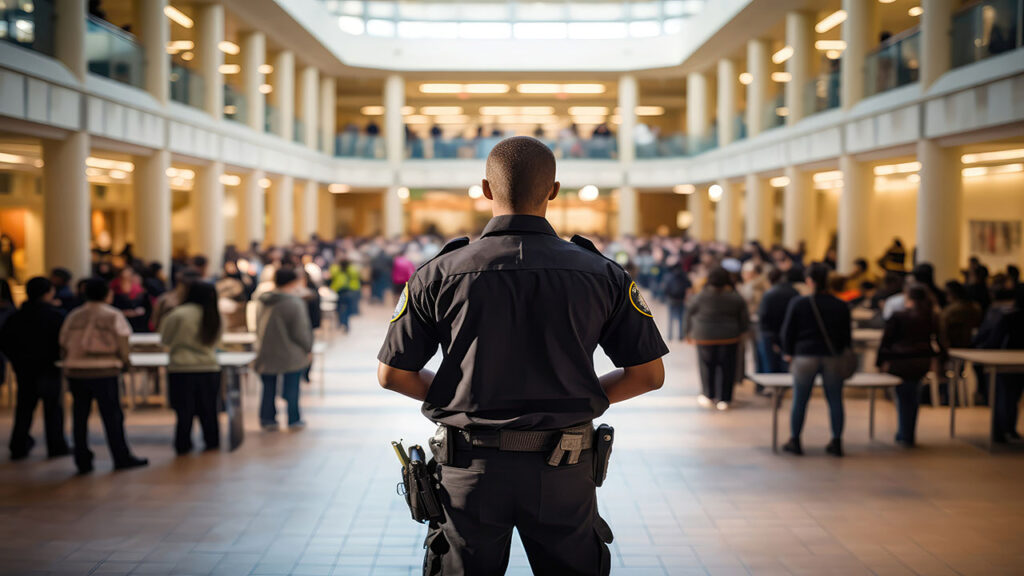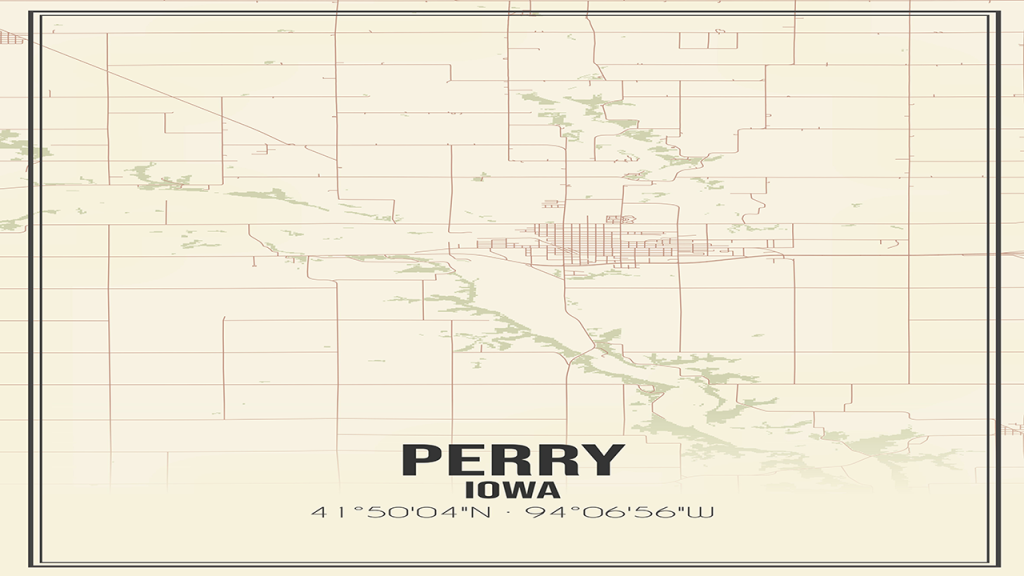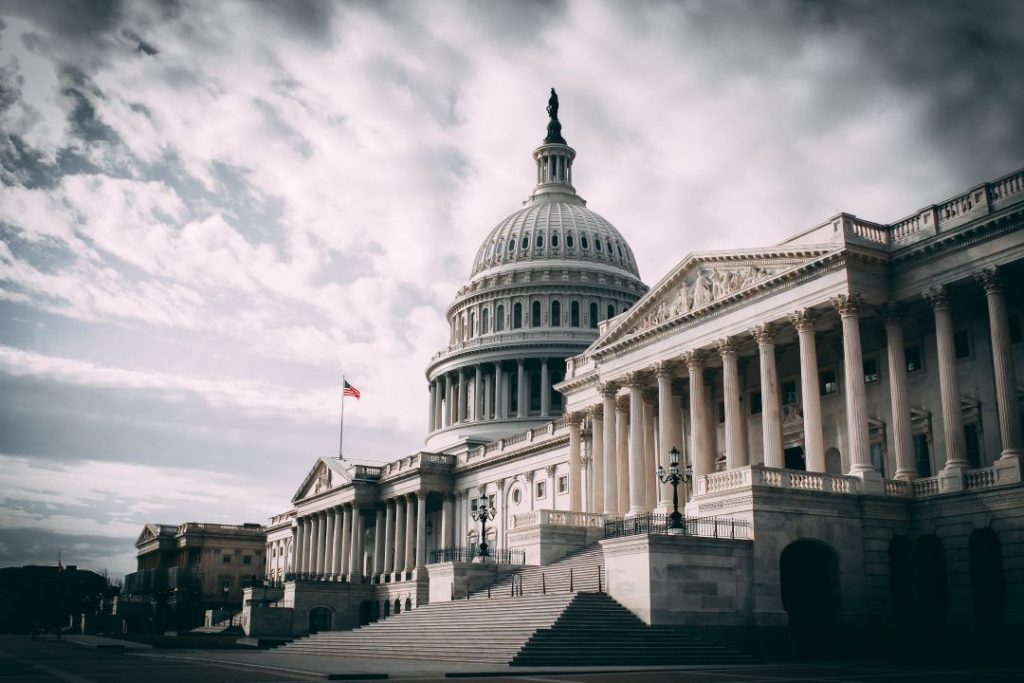
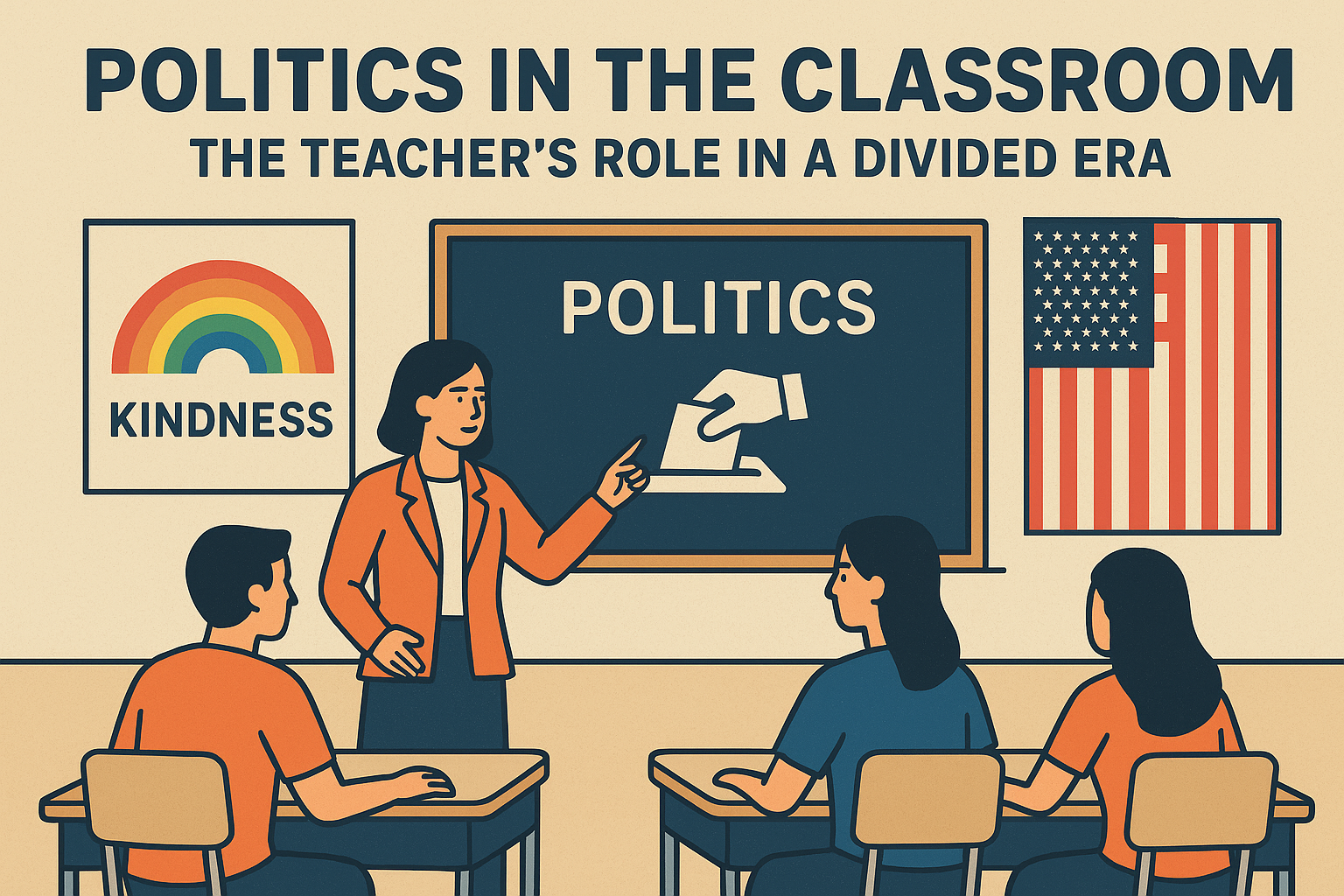
Politics in the Classroom, The Teacher’s Role in a Divided Era
In today’s polarized world, the classroom has become more than a place of learning; it is increasingly a venue for conflict. Teachers, once seen primarily as neutral guides through academic content, now find themselves navigating a minefield of expectations, scrutiny, and ideological pressure. Whether through lesson plans, hallway posters, or personal social media posts, educators are being judged not just for how they teach, but for what they believe, or are perceived to believe.
In Maryland and across the country, incidents involving political speech in schools have created debate. From a teacher disciplined for displaying a Palestinian flag in Montgomery County, to a meme controversy in Wicomico County, to national firings following social media posts about Charlie Kirk, acceptable expression for educators is being tested like never before.
I have always believed that when someone says, “We need to keep politics out of this,” what they really mean is, “You need to keep your politics out of it.” At the core of this tension is the belief, held by many, that their own views are so right, and the opposing views so wrong, that there is no room to even consider the other side as legitimate. This mindset creates an impasse, especially in schools, where diverse perspectives should be explored, not shut down.
At the heart of this debate lies a fundamental question: What does it mean for a teacher to be politically neutral? And in an era where nearly every issue is political, is neutrality even possible?
This article explores the ever-evolving expectations placed on teachers, the legal and ethical frameworks that guide their conduct, and the real-world consequences when those boundaries are crossed. Using Maryland as a focal point, and drawing on national examples, we will look at how educators can, and should, navigate the complex intersection of politics and pedagogy.
For generations, teachers have been expected to maintain some semblance of neutrality in the classroom. Their role, traditionally, has been as a facilitator of learning, encouraging inquiry, and creating space for students to explore ideas without fear of ideological pressure. This expectation is a foundation of professional ethics and has extensive legal precedent, especially in public schools where educators are seen as representatives of the state.
Neutrality, however, is not always clearly defined. School policies often prohibit partisan advocacy, but they rarely offer precise guidance on what would be considered political, and what would not.
A classroom poster, such as this one promoting kindness, would generally be looked at favorably, and not necessarily considered political.
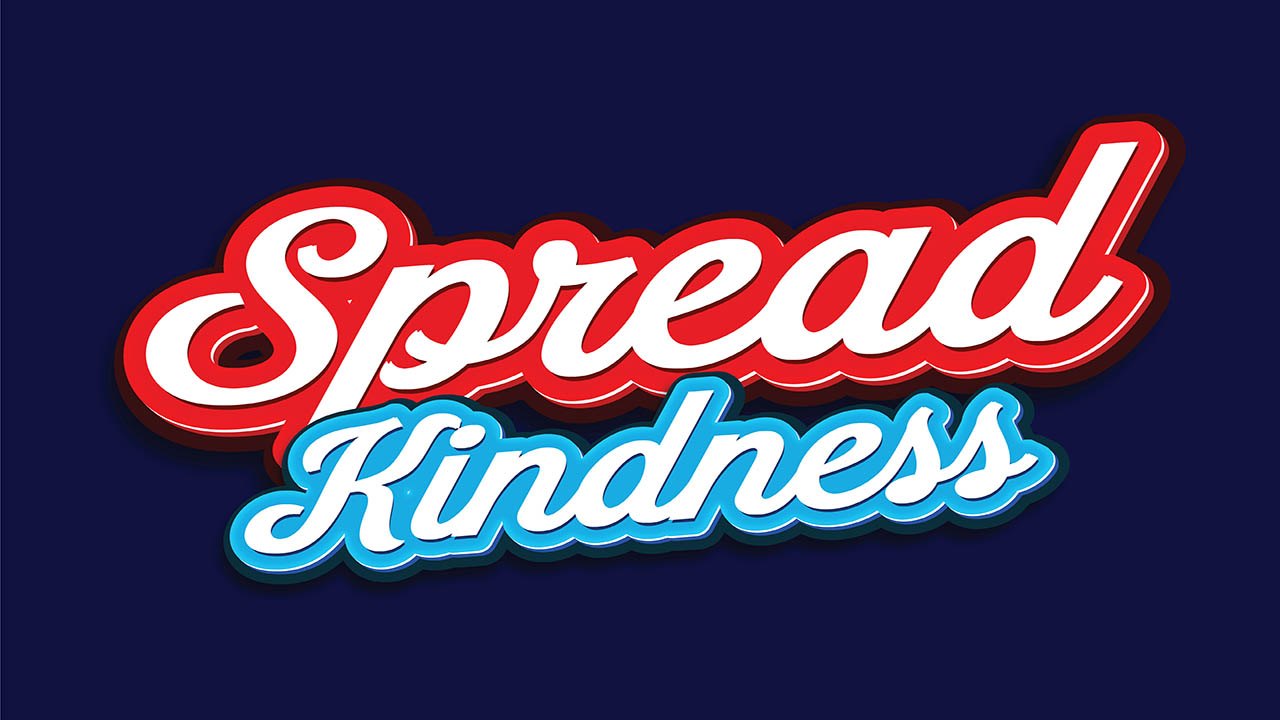
But what about this one? Does the addition of the rainbow make it political?

The LGBTQ+ community and supporters have long used the rainbow as a symbol.
Is a teacher’s personal social media post subject to discipline if it criticizes a public figure?
What about this individual who is reportedly an elementary school teacher in Chicago. This is a still (screenshot) of a video that went viral on multiple platforms. The woman can be seen on the video pointing an imaginary gun at her neck and yelling, “Bang, bang.”

These questions have become increasingly difficult to answer, especially as cultural and political issues seep into nearly every aspect of public life.
In Maryland, as elsewhere, teachers are finding difficulty with this ambiguity daily. They are expected to uphold district policies, avoid political bias, and create welcoming environments for all students, yet they are also citizens with rights to free expression, and many feel the need to speak out on issues that affect their students and communities. The tension between these responsibilities is at the heart of today’s classroom controversies. This issue is nothing new in education and has been around as long as education itself; however, the intensity of today’s arguments, in which the middle or neutral ground is not seen as a legitimate option because individuals are so entrenched in their beliefs and positions, means that the middle would be admitting defeat.
The expectation of neutrality is further complicated by the reality that some topics, like race, gender, history, climate, and public health, are inherently political in today’s discourse. Teachers who address these subjects, even with the intent to educate, may be accused of promoting an agenda. In some cases, neutrality itself is seen as a political stance, especially when silence is interpreted as complicity.
These tensions are not just theoretical; they are real, with real consequences. Across Maryland and beyond, teachers have faced discipline, public backlash, and even termination for comments made in the classroom or online. The following section examines specific incidents that illustrate how the expectation of neutrality is being challenged, redefined, and in some cases, weaponized.
What if Teachers Cross the Line?
The expectation that teachers remain politically neutral is challenged almost daily by real-world events, especially when educators express personal views in public or bring politically sensitive topics into the classroom. These incidents reveal how difficult it can be to draw a clear line between professional conduct and personal expression, and how quickly that line can become a flashpoint for controversy.
In Wicomico County, Maryland, a middle school teacher faced backlash after posting a meme involving Donald Trump and Charlie Kirk. The image, which implied a connection to the Jeffrey Epstein scandal, was shared on the teacher’s personal social media account, but quickly drew public condemnation. The county executive called for disciplinary action, and the incident sparked debate over whether off-duty speech should be grounds for professional consequences.
In Montgomery County, a teacher at Sligo Middle School was ordered to remove a Palestinian flag from her classroom and later reprimanded for wearing a shirt that read “GAZA: The Soul of My Soul.” She filed a federal lawsuit, arguing that the school district violated her First Amendment rights and engaged in viewpoint discrimination. The case raised questions about symbolic speech, cultural identity, and the limits of political expression in a school setting.
Nationally, the assassination of conservative activist Charlie Kirk triggered a wave of teacher firings and suspensions. In Georgia, a Teacher of the Year finalist was placed on leave for posting that “the world is a bit safer without him.” In Iowa, another teacher was fired after writing “1 Nazi down” on social media. These cases, now the subject of lawsuits, highlight the growing tension between free speech protections and district policies aimed at preserving professionalism and community trust.
These examples show that the consequences for perceived political bias can be swift and severe, regardless of whether the speech occurs inside the classroom or online. They also show the lack of consistency in how districts respond, with some choosing to discipline quietly and others making public examples of educators. For teachers, the message is clear: political expression, even outside of school hours, can carry professional risks.
The Classroom as a Political Space
Even when teachers try to remain neutral, the classroom itself can become a political space. This is not necessarily because educators are pushing agendas, but because the subjects they teach, the materials they use, and the discussions they allow can clash with broader cultural and social debates. In today’s climate, topics like race, gender, climate change, immigration, and public health are not just academic, they are political.
A lesson on civil rights, for example, may be viewed by some as a necessary exploration of history, while others see it as promoting a particular worldview. A classroom library that includes LGBTQ+ authors may be celebrated for inclusivity, or it may be criticized for ideological bias. Even classroom decorations, such as flags or posters promoting kindness and acceptance, can become problems if they are interpreted as political symbols.
Teachers are caught in the middle, at least the good teachers are. They are expected to promote critical thinking and encourage respectful dialogue, but they must also navigate community expectations, district policies, and the inevitable risk of upsetting someone. In some cases, neutrality itself is seen as political, especially when silence on controversial issues is interpreted as complicity or avoidance.
In Maryland, these tensions have surfaced in multiple ways. The shift from “Patriots Day” to “Unity Day” in Anne Arundel County created a major controversy over whether schools were abandoning traditional values in favor of politically correct messaging. At Kent Island High School, racial incidents during school events led to calls for reform, demonstrating how unresolved cultural tensions can spill into the classroom and affect the learning environment.
These examples show that the classroom is not immune to, and in many cases is an instigator of political arguments. Teachers must navigate these waters carefully, balancing their responsibility to educate with the need to maintain trust and neutrality. The challenge is not just avoiding controversy but creating space where students can engage with complex issues thoughtfully and respectfully.
Maryland presents a particularly difficult environment for educators trying to maintain political neutrality while promoting the free exchange of ideas. As a state with deep ideological divides between its urban, suburban, and rural regions, the expectations placed on teachers can vary widely depending on the community they serve. In Montgomery County, for example, schools tend to reflect progressive, or left-leaning, values, while in parts of the Eastern Shore, conservative, or right leaning, viewpoints dominate local discourse. This geographic and political diversity makes statewide policy enforcement challenging and contentious. Maryland as a whole is overwhelmingly left-leaning and supports Democratic candidates; however, most of this electorate comes from the densely populated suburbs in the center of the state. The outlying counties are generally conservative, but their votes are overshadowed by the largely populated suburbs of Baltimore and Washington, D.C.
Maryland law does not explicitly prohibit teachers from expressing political views, but districts have policies that restrict partisan advocacy in the classroom. These policies are designed to protect students from indoctrination and ensure that schools are spaces for learning. However, enforcement is inconsistent, and what qualifies as “political” is often subjective. A flag, a book, or a classroom discussion, any of these can become controversial depending on context and interpretation.
What Should Teachers Do?
Teachers today face a difficult balancing act. They are expected to promote critical thinking, respectful dialogue, and create welcoming classrooms, while avoiding the appearance of political bias. In an era where every topic is political, maintaining neutrality is not just a professional expectation; it is a legal and ethical requirement.
Remember, when someone says, “keep the politics out…,” it usually means “Keep your politics out…”
The legal foundation for teacher speech in public schools comes from several key court decisions. In Pickering v. Board of Education (1968), the Supreme Court ruled that teachers have a right to speak on matters of public concern, but that right must be balanced against the interests of the school in maintaining order and trust. Later, in Garcetti v. Ceballos (2006), the Court clarified that speech made as part of a public employee’s official duties is not protected under the First Amendment. This means that while teachers have rights as citizens, their speech in the classroom, especially when it touches on political or controversial issues, can be regulated by school districts.
Given these principles, what should teachers do? First, they should be aware of their district’s policies on political expression, classroom conduct, and social media usage. These policies often vary, and what is acceptable in one community may be controversial in another. Second, teachers should strive to present multiple perspectives when discussing sensitive topics, allowing students to form their own opinions rather than steering them toward a particular viewpoint, and this includes when the teacher strongly believes that his or her position is the only correct one. It is a difficult concept for some teachers that someone in their class might not see things the way they do. After all, they are adults with all the experience and perspective. Third, educators should be cautious about what they post on social media, especially if their profiles are public or connected to their professional identity. When a teacher makes a political post and it is public and parents see it, in many cases they, the parents, will call the school and demand their child be removed from that teacher’s class. When these types of calls start coming into a school or a school system, the board then has grounds to argue that it has affected the teacher’s ability to do the job.
Professional development and administrative support are also essential. Districts should provide clear guidance on how to handle politically charged content and offer training on how to facilitate difficult conversations without crossing into advocacy. Teachers should feel empowered to ask questions, seek clarification, and engage in dialogue with colleagues and administrators when they are unsure about how to proceed.
Ultimately, the goal is not to silence teachers, but to help them navigate their role responsibly. In a time of heightened scrutiny and rapid social change, educators must be equipped to uphold both the integrity of their profession and the trust of the communities they serve.
Reflections and Implications
The expectation that teachers remain politically neutral is not a matter of professional etiquette. It is a complex issue shaped by legal principles, community values, and the ever-changing political landscape. In Maryland and across the country, educators are being asked to walk a fine line between promoting and allowing open dialogue and avoiding the appearance of bias. The consequences for missteps, whether real or perceived, can be swift and severe.
Legal rulings such as Pickering v. Board of Education and Garcetti v. Ceballos provide a framework for understanding the limits of teacher speech, but they do not eliminate the ambiguity that educators face in practice. What one community sees as inclusive, another may view as ideological. What one district tolerates, another may punish. In this environment, clarity and consistency are essential, not just in policy, but in support for teachers who are trying to do their jobs.
The goal is not to silence educators, but to equip them with the tools and guidance they need to navigate difficult conversations responsibly. Schools must be places where students learn to think critically, engage respectfully, and understand multiple perspectives. That requires teachers who are trusted, supported, and empowered to lead, not just in academics, but in modeling civic discourse.
The classroom may never be completely free of politics, but it can be a space where politics are handled with care, professionalism, and a commitment to educational integrity.
If a teacher is of such strong political belief on one side or the other that he or she cannot follow these guidelines to appear neutral, then the teacher has no business being a teacher. That is what they are there for, to facilitate, not to indoctrinate. This is true in either direction.
Dig Deeper With Our Longreads
Newsletter Sign up to get our best longform features, investigations, and thought-provoking essays, in your inbox every Sunday.
The MEN was founded by John Huber in the fall of 2020. It was founded to provide a platform for expert opinion and commentary on current issues that directly or indirectly affect education. All opinions are valued and accepted providing they are expressed in a professional manner. The Maryland Education Network consists of Blogs, Videos, and other interaction among the K-12 community.


